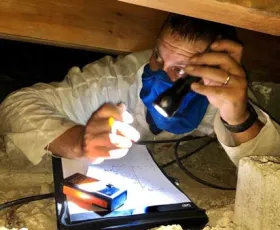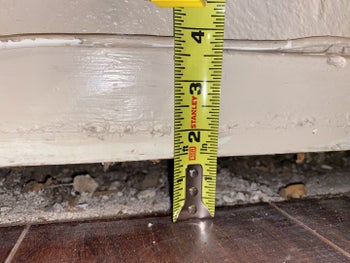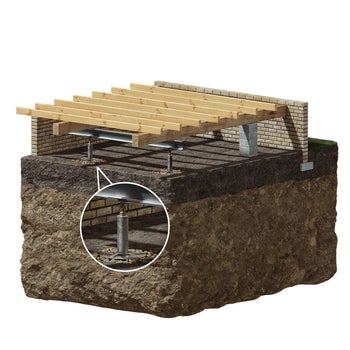Crawlspace Beam, Girder and Joist Problems: How to Repair
Table of Contents
1. Beam Vs Girder: The Difference And The Truth About Joists
2. Common Signs Of A Sagging Crawl Space
3. What Causes Beam, Girder, And Joist Problems In A Crawl Space?
4. How To Repair A Sagging Crawl Space
5. How Much Does It Cost To Repair Beam, Girder, And Joist Problems In A Crawl Space?
According to the US Census Bureau’s Survey of Construction (SOC) about 40% of homes started in California, Washington, Oregon, Hawaii, and Alaska are built on top of crawl spaces. Crawl spaces are useful for a variety of reasons and there isn’t anything inherently wrong with a crawl space foundation. However, when these homes start to age, they are often plagued with problems directly related to their crawl spaces, including sagging or unlevel floors.
The cause of these problems will depend, to a certain extent, on your geographical location. For example, in certain US states crawlspaces are susceptible to wood rot, and insect and/or water damage. However, in California the problem is usually the result of soil settlement issues, as well as seismic activity. Whatever the cause of the problem, if it isn’t repaired in a timely manner, it will eventually affect the home’s structural integrity. Of course, sagging, unlevel floors are also a trip hazard, especially for people with mobility issues.
Beam Vs Girder: The Difference And The Truth About Joists
Joists: Floor joists are smaller – usually from 2”x6” to 2”x12” – and arranged in a parallel series on top of the girders. Your home’s floor sits directly atop the floor joists, which sit atop the girders.
Girders/Beams: The girders/beams in your crawlspace – which usually range in size from 4”x6” to 6”x8” – support the floor joists and run perpendicular to them. In California, this is usually called a girder. However, in Midwestern and Eastern states they are referred to as beams. So, these terms – beam vs girder – will vary depending on the geographical region. In other words, two people might be talking about the same thing while using different words to describe it.
Common Signs Of A Sagging Crawl Space
The most common signs of a sagging crawl space are cracks in interior walls, sloped floors, and floors that feel spongy when you walk on them. If your home has a crawl space and you’re seeing any of these signs, contact a foundation repair professional and schedule an inspection right away.

What Causes Beam, Girder, And Joist Problems In A Crawl Space?
Over time, crawl spaces can start to sag for a variety of reasons including too much water, inadequate support, and an absence of floor joists. Let’s take a look at each one in more detail…
- Problem soils – The floor above a crawl space is supported by beams, girders, and joists. However, when these beams, girders, and joists are sitting in less than perfect soil – that is, soil that isn’t strong enough to properly support the structure – you’re going to eventually have problems.
- Water intrusion – Many foundation problems are caused by too much water, and this includes crawl space problems. Standing water in a crawl space is a sign there’s excess water coming in from somewhere. If you see this, it’s time to call a drainage contractor to fix the problem. After that, adjustments can be made to your support posts using shims, or by replacing the support posts with screw jacks.
- Inadequate support – Sometimes crawl spaces start to sag simply because the floor system wasn’t properly constructed. This may not be obvious when a home is new and everything seems to be working fine. However, over time it can lead to problems. In this case, we can add support girders between the existing girders along with some added concrete footings and support posts or screw jacks to cut down the span between the existing girders.
- Lack of floor joists – Some floors are constructed using a plywood subfloor – over 4”x6” beams set four feet apart – instead of floor joists. Because these floors suffer from a lack of support from below, they can get spongy and start to dip near walls. This problem can be fixed by adding floor joists, or floor beams, in between the existing floor girders to provide additional support.
How To Repair A Sagging Crawl Space
Usually, the existing pier blocks in a sagging crawl space are in good shape and don’t need to be replaced. Since the problem is almost always with either the posts or the screw jacks replacement, we can simply remove and replace them. After that, the floor can be lifted.
We use screw jacks to repair a sagging crawl space because they’re versatile. They’re quick to install, able to support the floor’s weight, and can be adjusted later if required.
Read more about – The Cost of Foundation Repairs
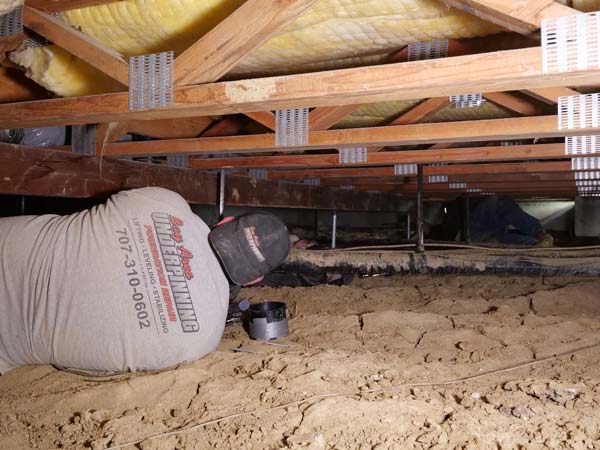
How Much Does It Cost To Repair Beam, Girder, And Joist Problems In A Crawl Space?
It’s hard to say. There are a number of variable that go into determining the cost of repairing beams, girders, and joist problems in a crawl space. It all depends on the type of damage and what needs to be done to fix it. Therefore, it would be misleading to give you even a ballpark figure. The best way to determine the cost of fixing a crawl space problem is to contact a foundation repair professional and ask them to come out for a inspection (most do them for free) and estimate.
A sizable percentage of homes in California have crawl space foundations. Crawl spaces are great because, among other things, they provide easy access to a home’s wiring and plumbing. However, as a home starts to age, the crawl space can develop problems. When the beams, girders, and joists in the crawl space start to fail, you’ll notice that your floor is either sagging or no longer level. If the problem isn’t repaired, it can eventually even undermine the structural integrity of your home.
If you have a problem in your crawl space, contact us. We’ll come out, conduct a free inspection, and then provide you with a repair estimate.
More Resources
Publish Date:
Last Modified Date:
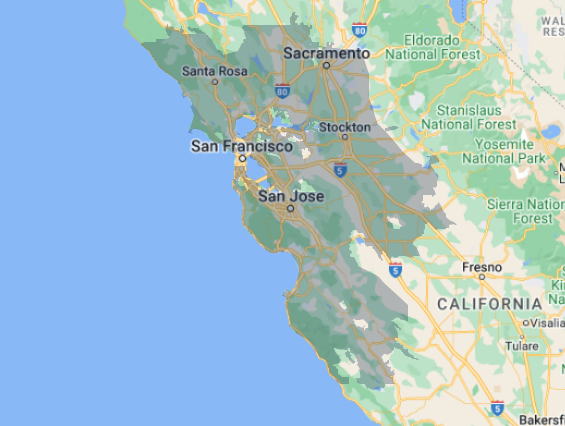
Our Locations
2333 Courage Dr. Suite C
Fairfield, CA 94533
1161 N Fair Oaks Ave
Sunnyvale, CA 94089

